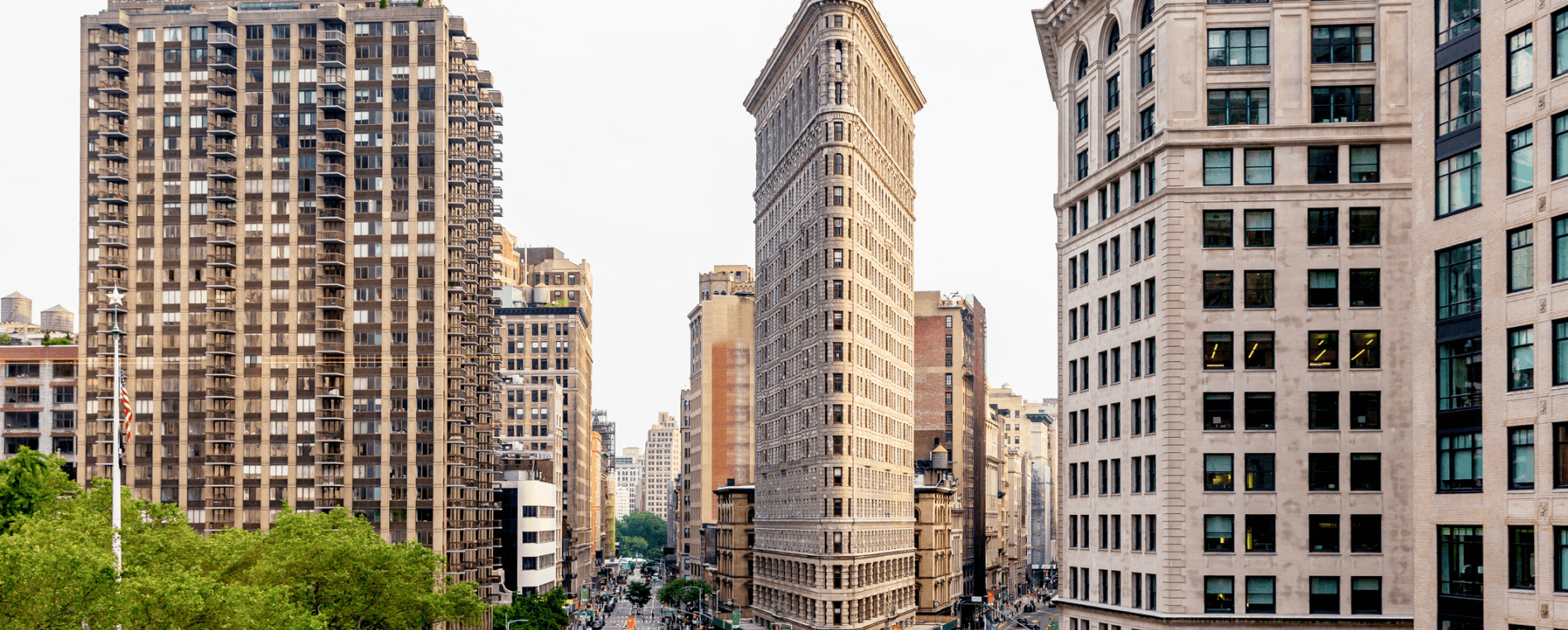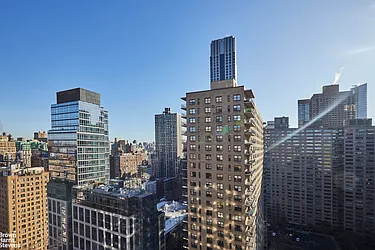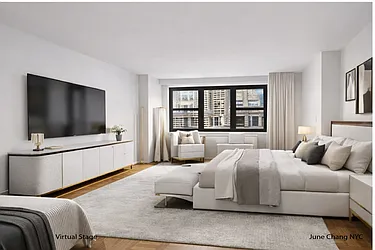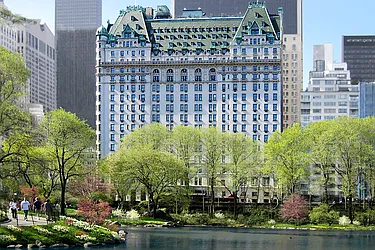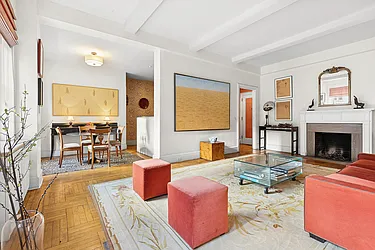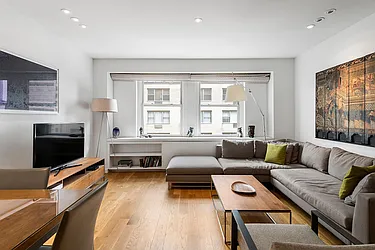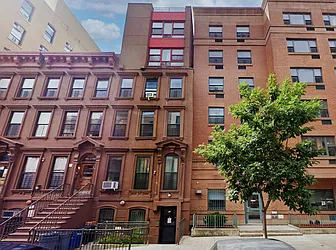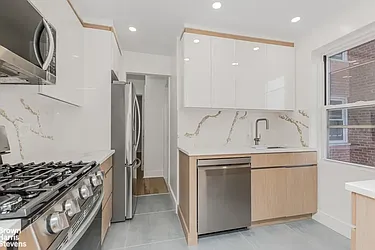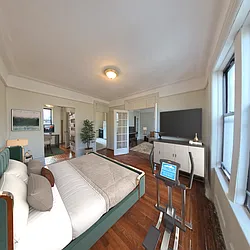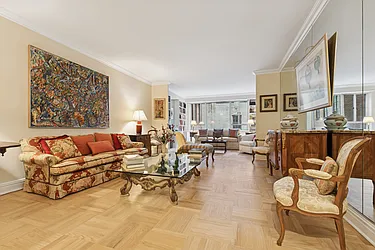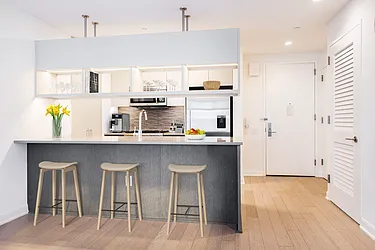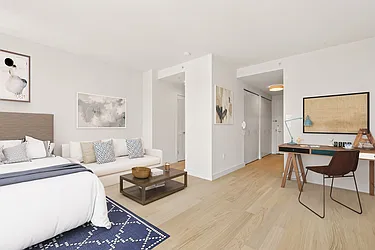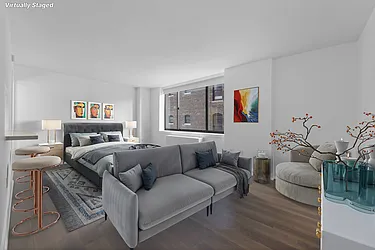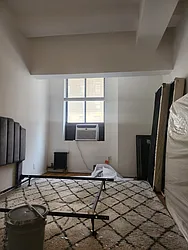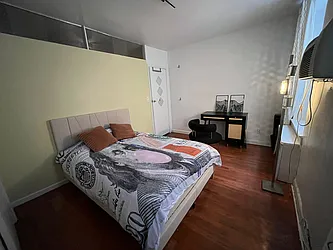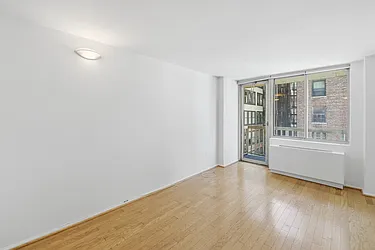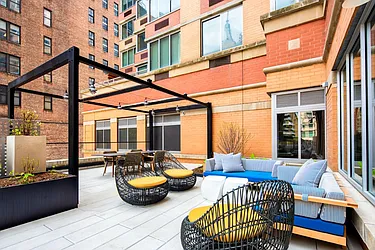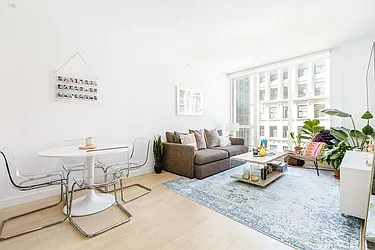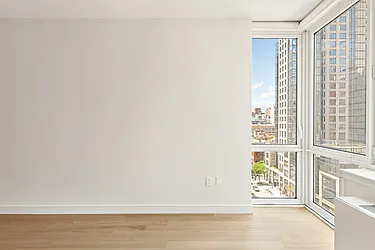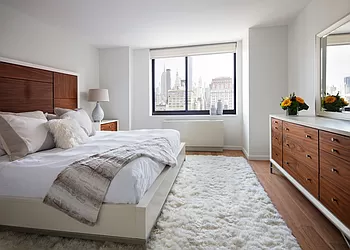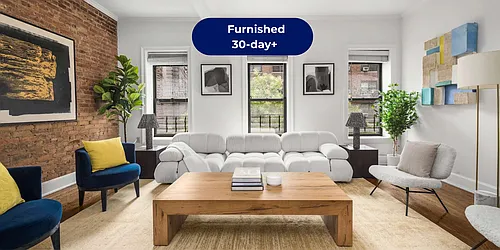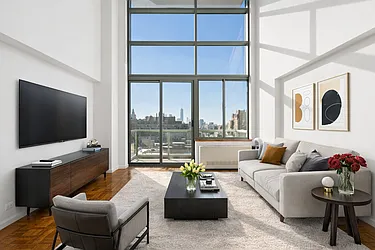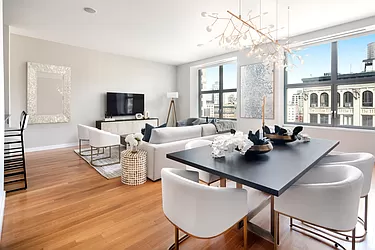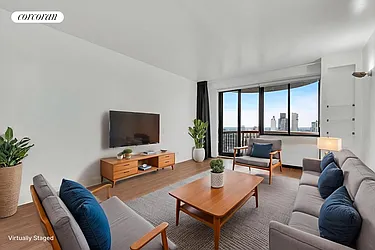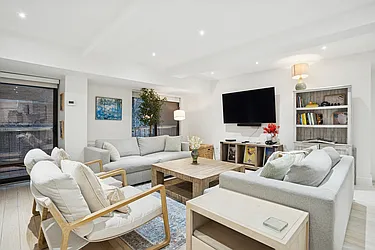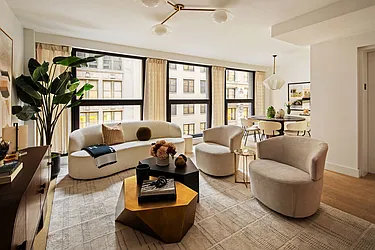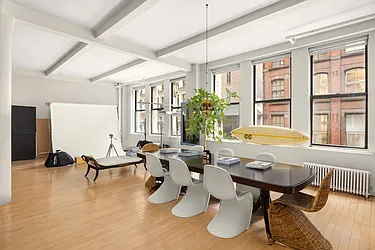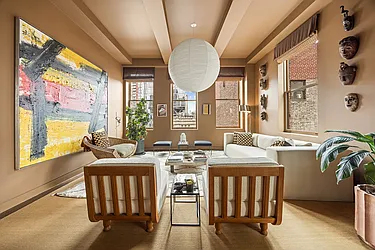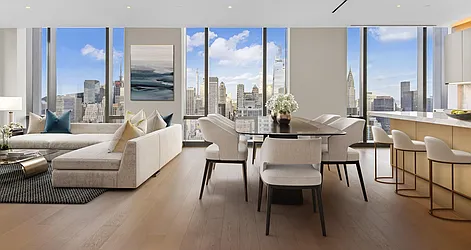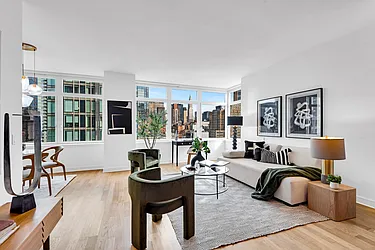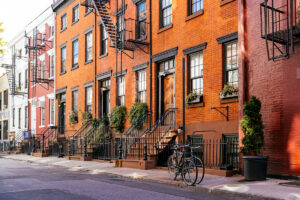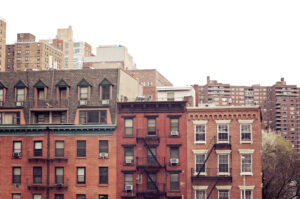What comes to mind when you think of quintessential New York City buildings? Probably the Empire State Building, the Chrysler Building, Rockefeller Center, and One World Trade, just to name a few. And of course, don’t forget about the Flatiron Building.
While much shorter and smaller than most NYC skyline staples, the Flatiron Building’s ambitious and distinctive triangular shape has made it stand out since its inception 120 years ago. Now, New York history enthusiasts will have the rare opportunity to call this iconic building home: a three-year, multi-million dollar plan to convert the 22-story building into luxury condo units has begun.
Read on for everything you need to know about this epic architectural metamorphosis, and what it means for the future of New York City real estate.
History of the Flatiron Building
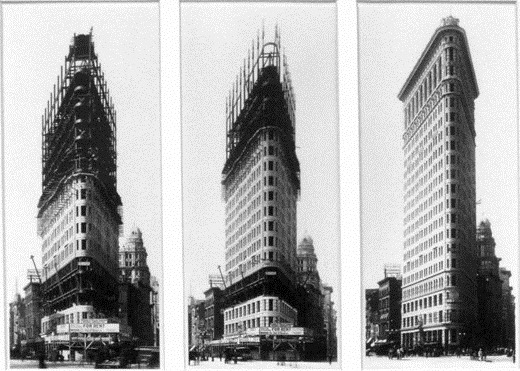
Built in 1902 by Chicago-based architects Daniel Burnham and Frederick P. Dinkelberg, the Flatiron Building is one of New York City’s most recognizable buildings. In effort to maximize the triangular plot of land resting between Fifth Avenue, Broadway, and East 22nd Street, the building was constructed to be a perfect right triangle. This pioneering design made it controversial during construction, as speculations about its safety earned it the nickname “Burnham’s Folly.” But critics soon changed their tune in the face of the building’s sound structure and artistic success.
Measuring 307 feet — or 22 stories — high and just six feet across at its narrowest part, the Flatiron Building is hardly the most imposing structure in Manhattan. However, its aesthetic and architectural mystique are unparalleled.
Originally, the Flatiron Building was intended to be used as office space for the Chicago firm that constructed it, the George A. Fuller Construction Company. The Fuller Company used the space for approximately 27 years before moving out of the building in 1929. A steady slew of commercial tenants then moved in, ranging from clothing design to toy production to publishing. The building’s most recent tenants, Macmillan Publishers, moved out in 2019, rendering the building essentially empty.
Manhattan Homes Under $1.5M on StreetEasy Article continues below
Notable Design Elements
Beyond its wholly unique shape, the Flatiron Building boasts many exemplary design elements in the lavish Beaux-Arts style. Its facade is made up of several distinct layers, constructed using materials such as limestone and terra cotta that contribute to its heavily textured look. Other external details include decadent molding, carved cornices, and protruding oriel windows.
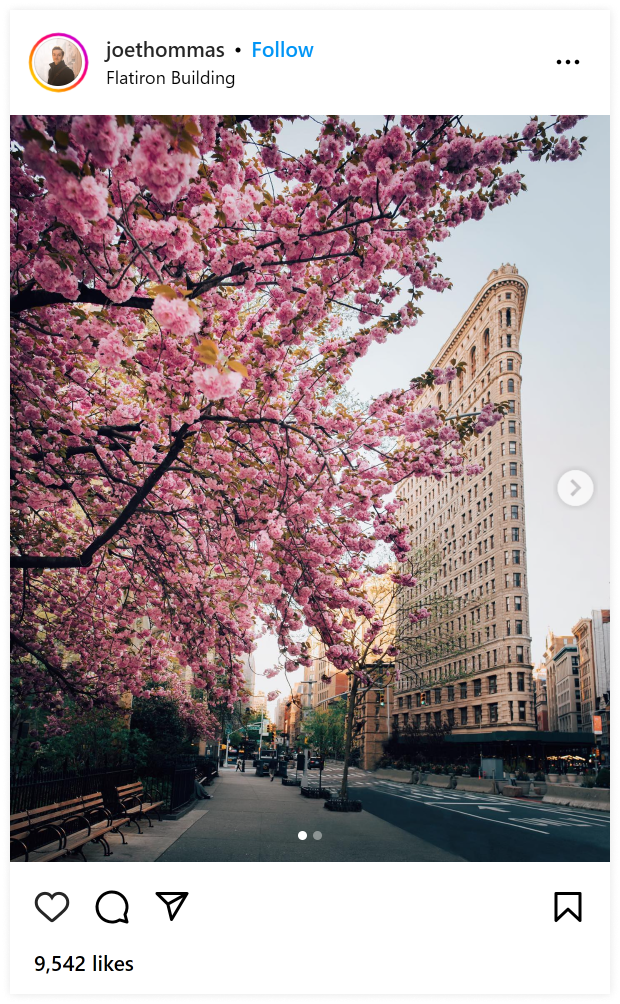
With such one-of-a-kind design, it’s no wonder that the Flatiron Building is one of New York City’s most photographed buildings. Some of the most famous captures include Edward Steichen’s moody night scene and Alfred Stieglitz’s black-and-white tableau. It’s also been sketched or painted by artists such as Childe Hassam, and is featured heavily in films such as Godzilla (1998) and the Spider-Man trilogy (2002–2007). Today, photos and videos of the Flatiron Building are ubiquitous on Instagram, where influencers, tourists, and hobby photographers share artfully composed snaps of the beloved landmark.
Public Auction and Sale
In March 2023, after various disputes over renovation plans, the New York State Supreme Court ordered that the Flatiron Building be put up for auction. A very public bidding war ensued, the building was sold for $190 million to a mysterious buyer. When that buyer failed to pay the $19 million deposit, the fate of the seminal NYC building seemed doomed — until noted real estate developer Jeffrey Gural scooped it up for $161 million just two months later.
Conversion Details and Timeline
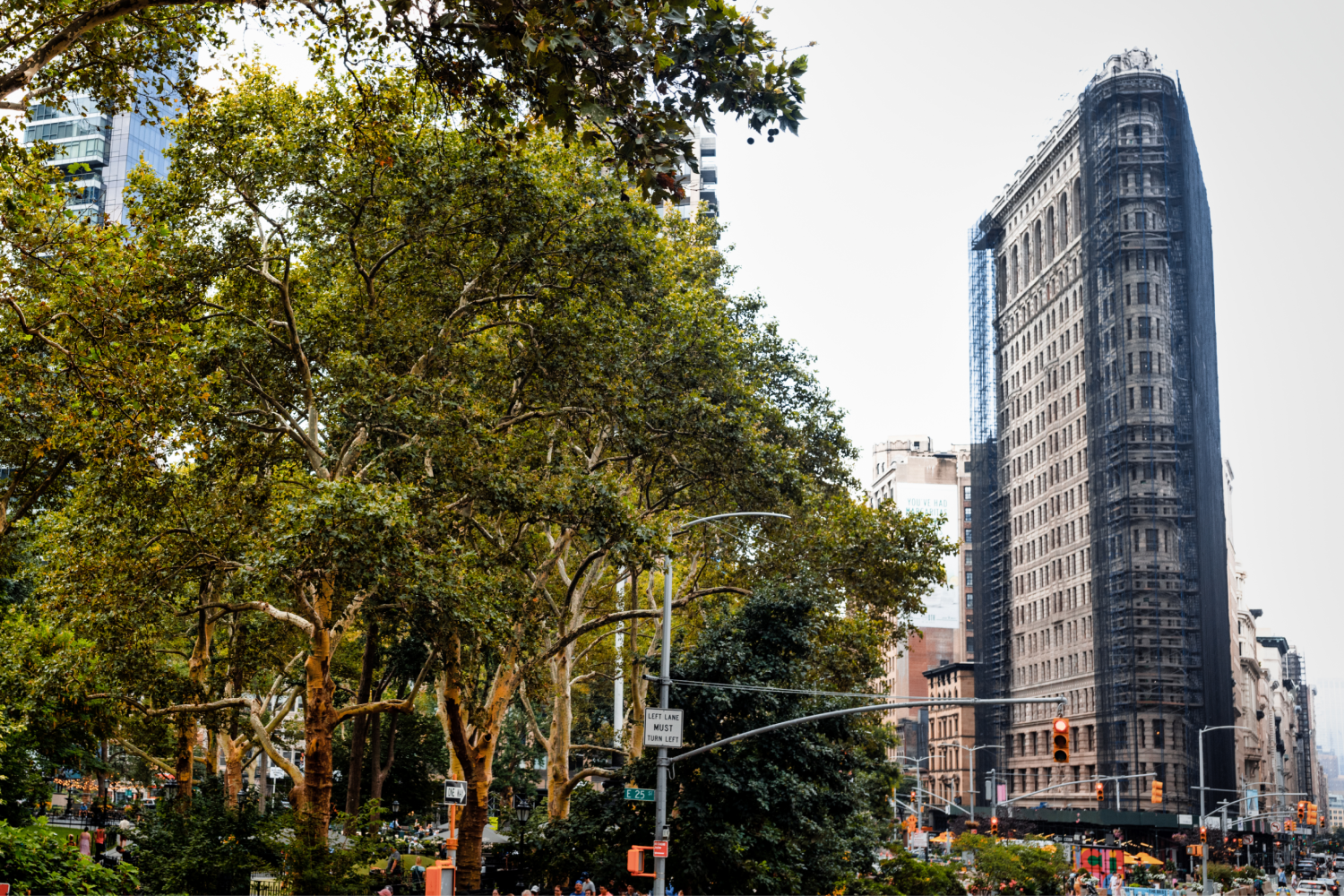
The conversion of the Flatiron Building into luxury residential units will be led by The Brodsky Organization, a real estate development firm that recently purchased a stake in the building. Very few details have been released about the conversion, beyond that approximately 40 condos and/or rental units will be created. The retail spaces that currently exist on the first floor of the building will stay. Turning commercial buildings into residential real estate is usually a challenging, lengthy endeavor, but thanks to the Flatiron’s atypical shape and numerous windows bringing light into the core of the structure, this conversion will be relatively easier than most. Still, according to The New York Times, some major changes to the interior will need to be made, and the project will take approximately three years to complete.
Flatiron District Rentals on StreetEasy Article continues below
Pricing
While no details surrounding the pricing of the 40 luxury units have been publicly released yet, we can look to tools like StreetEasy’s Data Dashboard to get a sense of recent pricing in the surrounding neighborhood, the Flatiron District. As of October 2023, the median asking price for condos in the Flatiron District was $3.9 million, while the median recorded sale price was $2.4 million. Should the units be listed as rentals, the median asking rent in the neighborhood was $5,850 per month. Nevertheless, it’s safe to say that the luxury homes in the Flatiron Building will cost significantly more than the area’s median prices, due to the building’s iconic nature, status as a National Historic Landmark, impeccable views, and prized location between Fifth Avenue and Broadway.
Flatiron District Homes on StreetEasy Article continues below
Surrounding Neighborhood
The Flatiron District is sandwiched between Chelsea, Gramercy Park, NoMad, and Greenwich Village. Beyond its eponymous building, the neighborhood offers access to prime shopping, dining, and culture. You’ll find Eataly’s NYC flagship location, the thrice-Michelin-starred Eleven Madison Park, COTE Korean Steakhouse, Rezdôra, the Harry Potter Store, The FRIENDS™ Experience, Arc’teryx, Design Within Reach, Club Monaco, Madewell, and more. The tranquil Madison Square Park is the area’s central green space, popular for its dog parks, playgrounds, and many benches for relaxing.
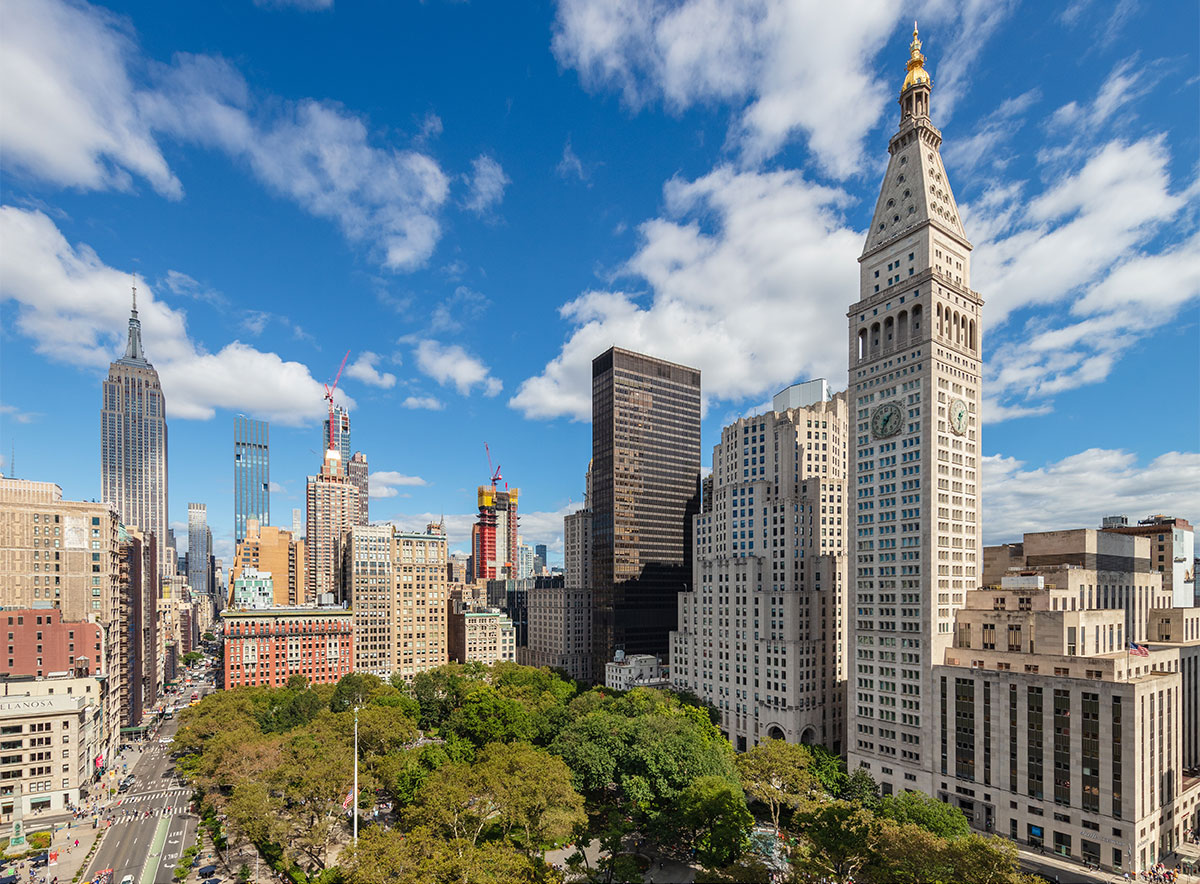
Flatiron is also one of the city’s most pedestrian-friendly neighborhoods. Spaces such as the Flatiron Public Plaza, Worth Square, and Broadway are closed off to car traffic, instead offering sidewalk dining and chairs and tables for public use. Many convenient train lines serve the neighborhood via multiple stops along 23rd Street, including the F, M, N, Q, R, W, 4, 6, and PATH.
What Does This Mean for the Future of NYC Housing?
The conversion of this essential New York City building into residential homes is not only noteworthy because of the Flatiron Building’s long history and cultural importance. This project also encapsulates a larger city-wide movement toward reclaiming abandoned or under-utilized office spaces and converting them into residences. In fact, it’s one of the highest profile examples of such a plan in NYC.
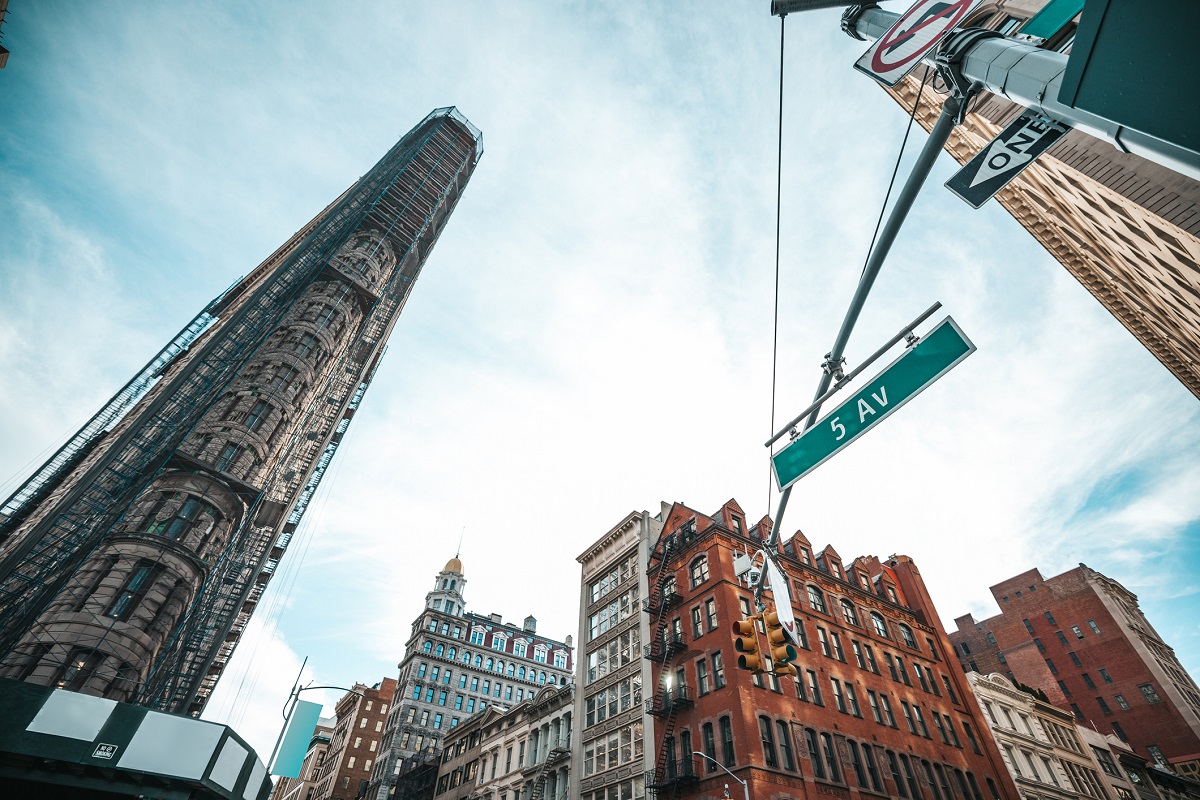
It’s no secret that the COVID-19 pandemic brought on a work-from-home revolution, leading to more empty office spaces. It’s also led to a challenging housing market in New York City, with limited inventory, record-breaking rents, and rising citywide asking prices. The future of the Flatiron Building could be a great blueprint for tackling the issue of empty office spaces and the city’s continued housing shortage in one fell swoop. It’s important to note, however, that as of right now there are no confirmed plans to designate affordable units in the Flatiron Building, likely making this conversion inaccessible to low-income NYC residents.
As the local market continues to shift and innovate to address the needs of New Yorkers, you can count on StreetEasy to bring you helpful data, quality reporting, and real estate news. Follow the StreetEasy blog for more.
